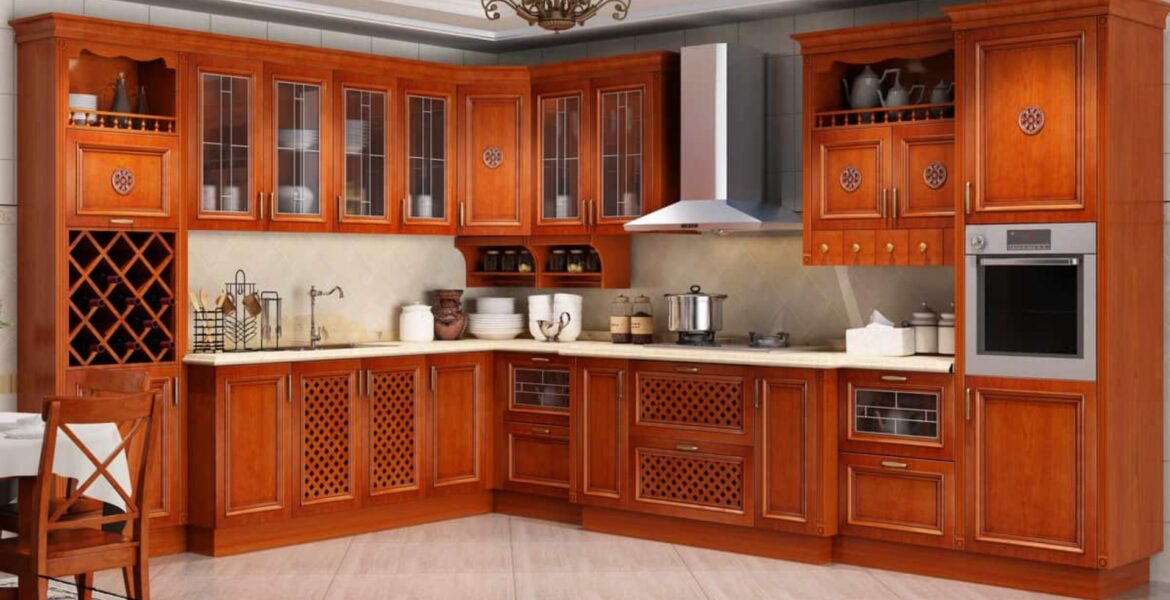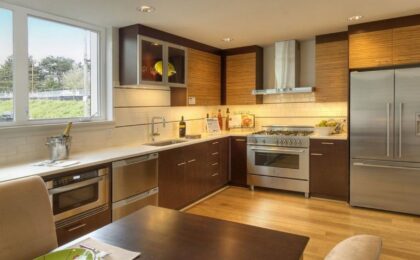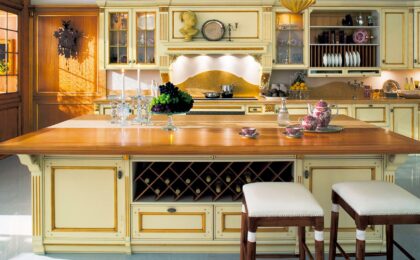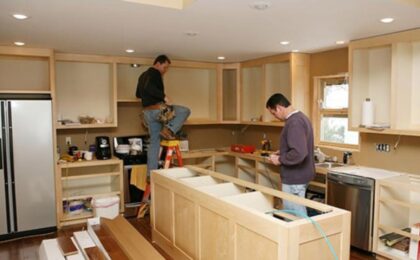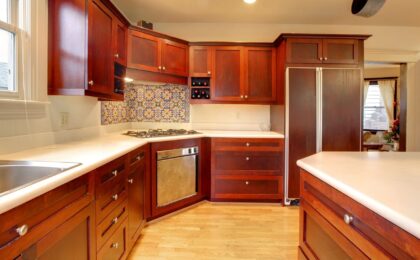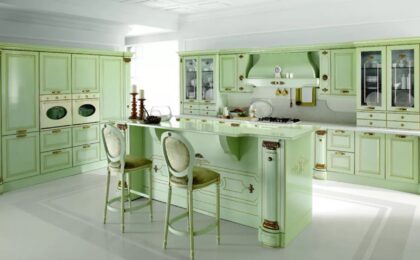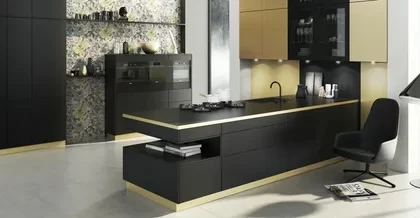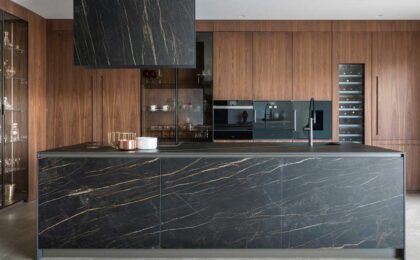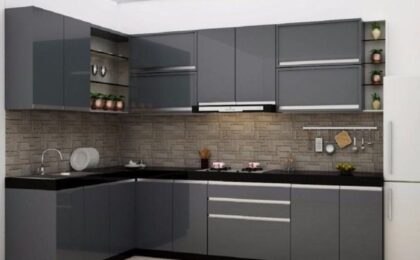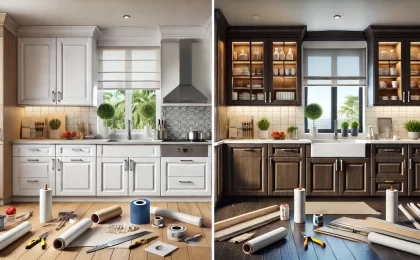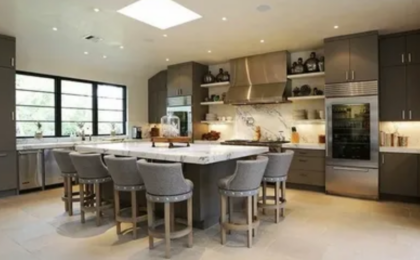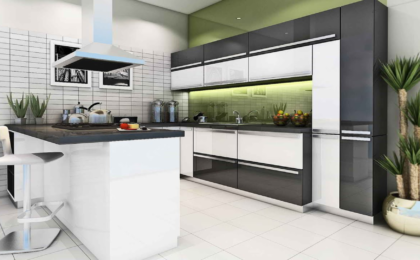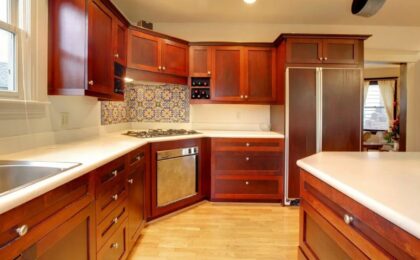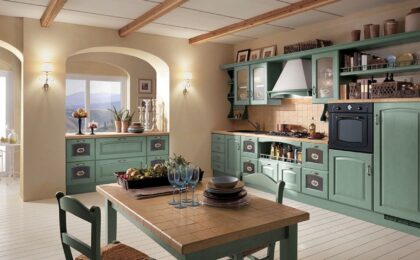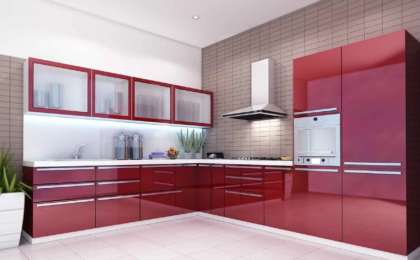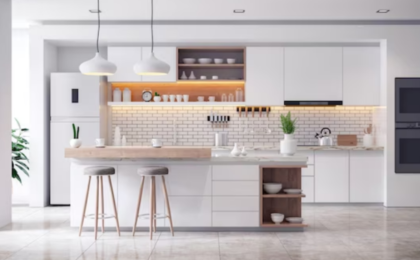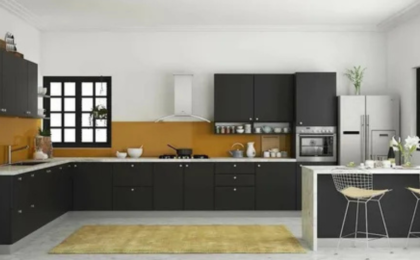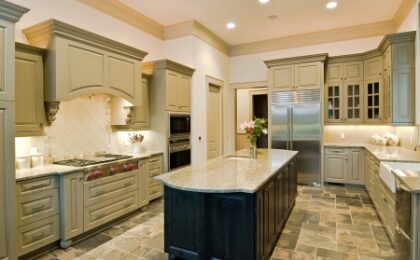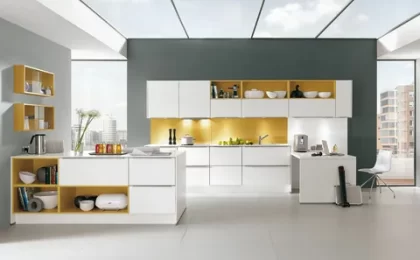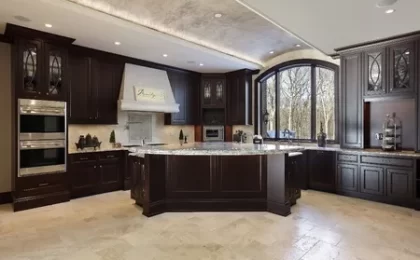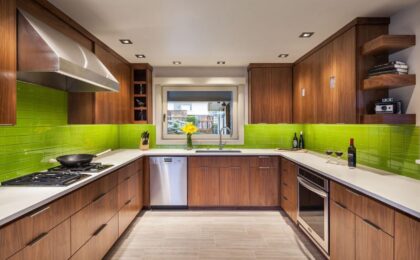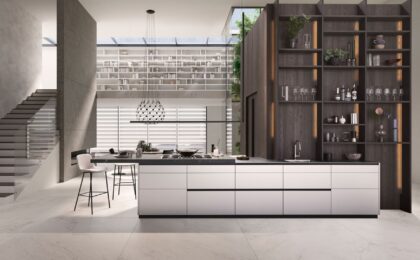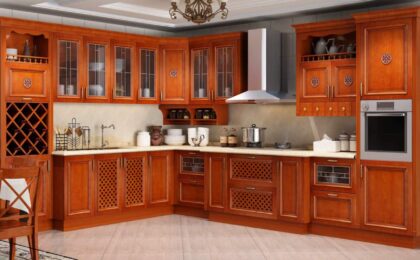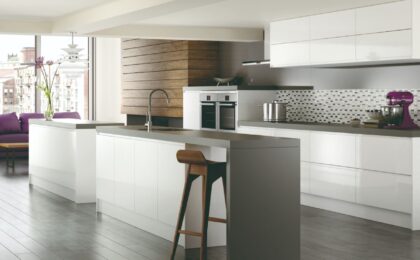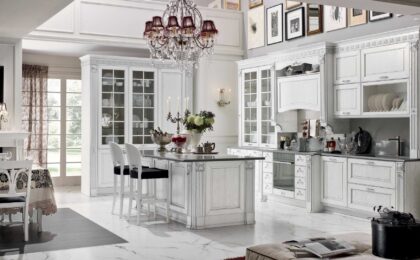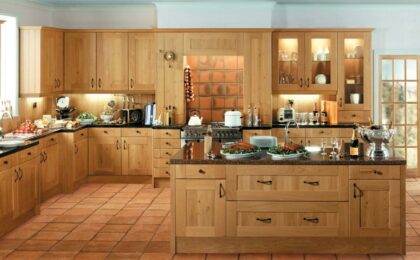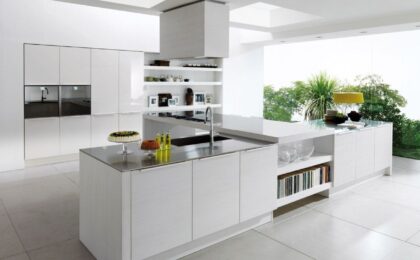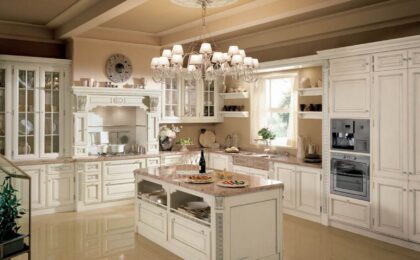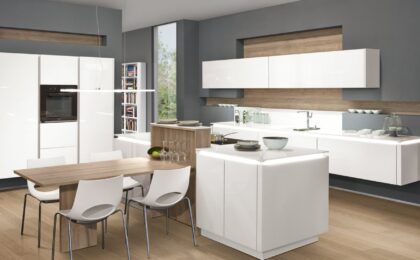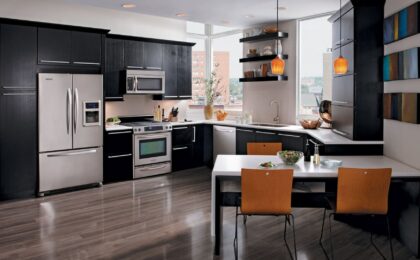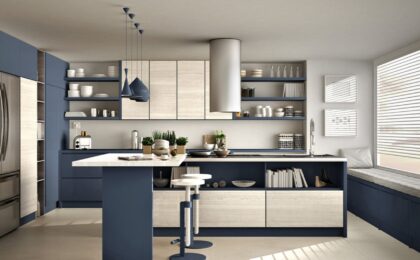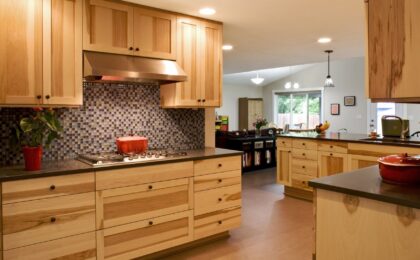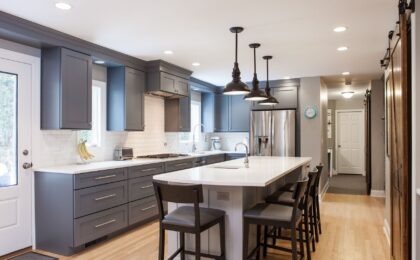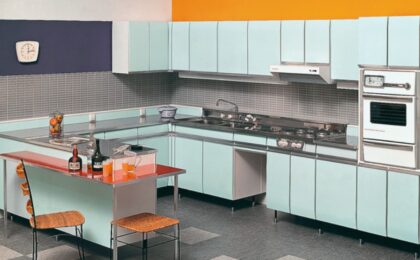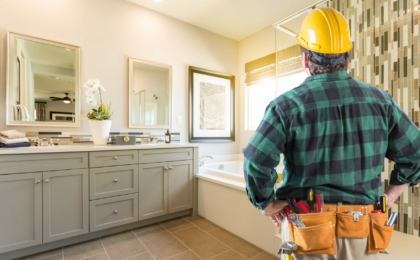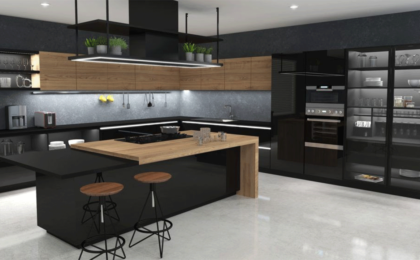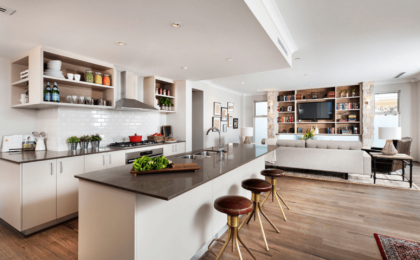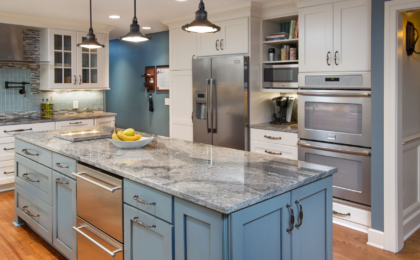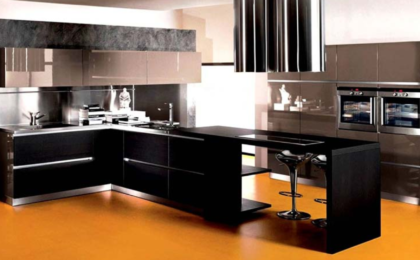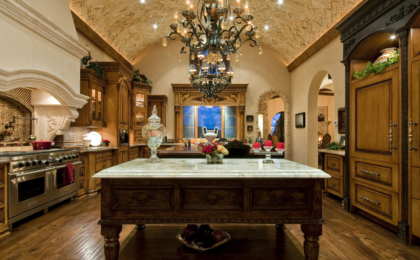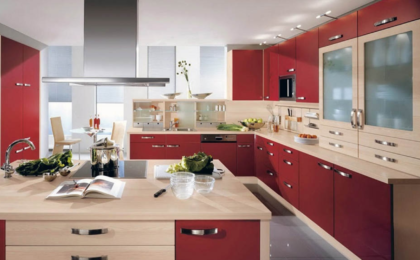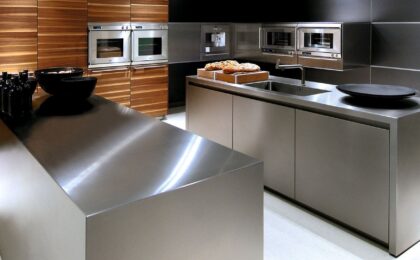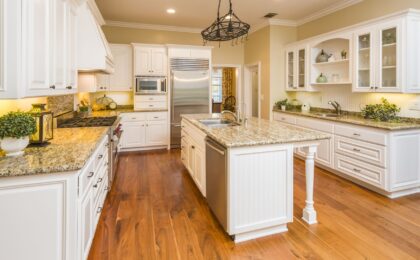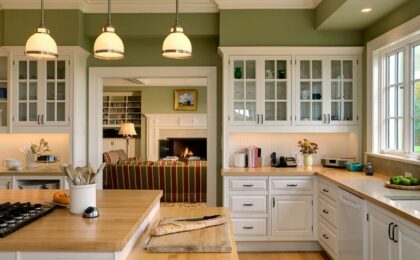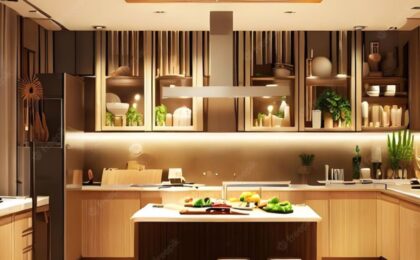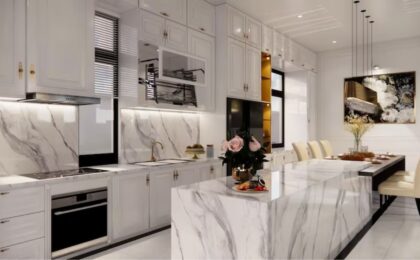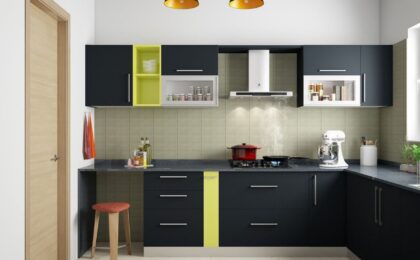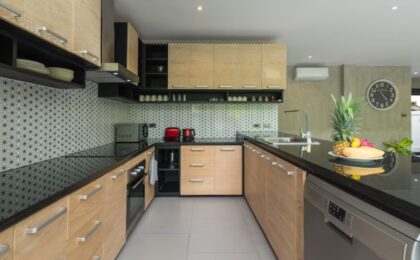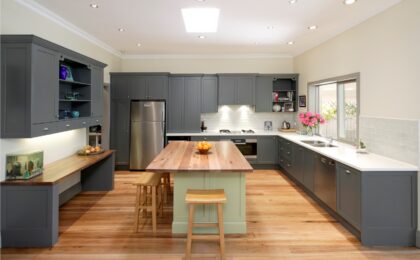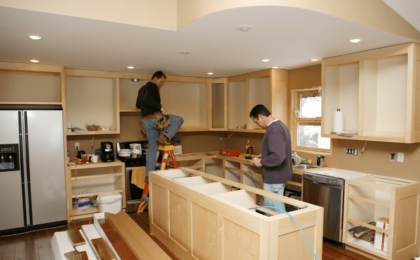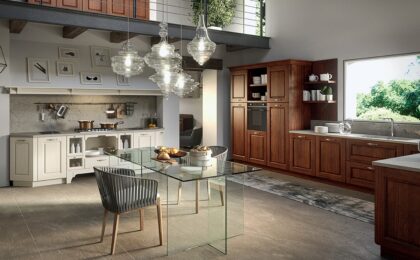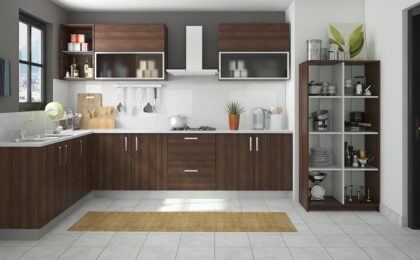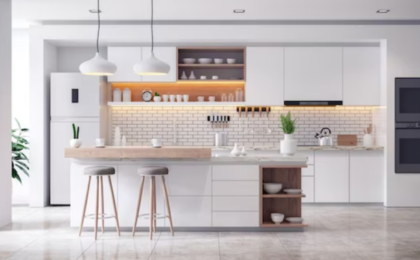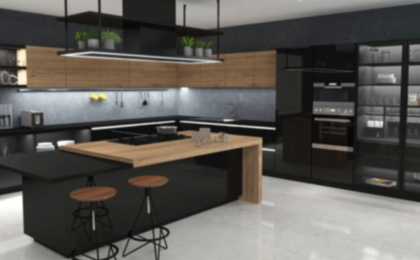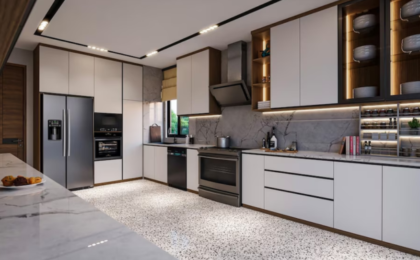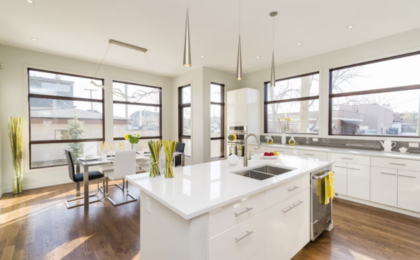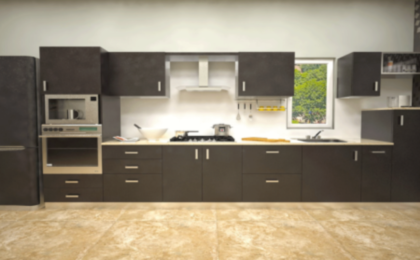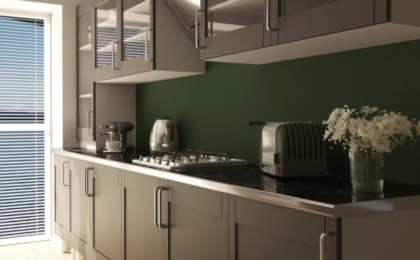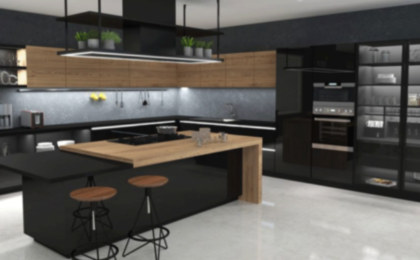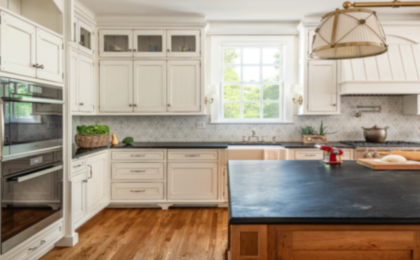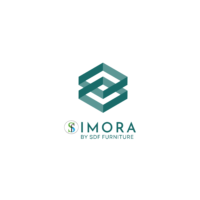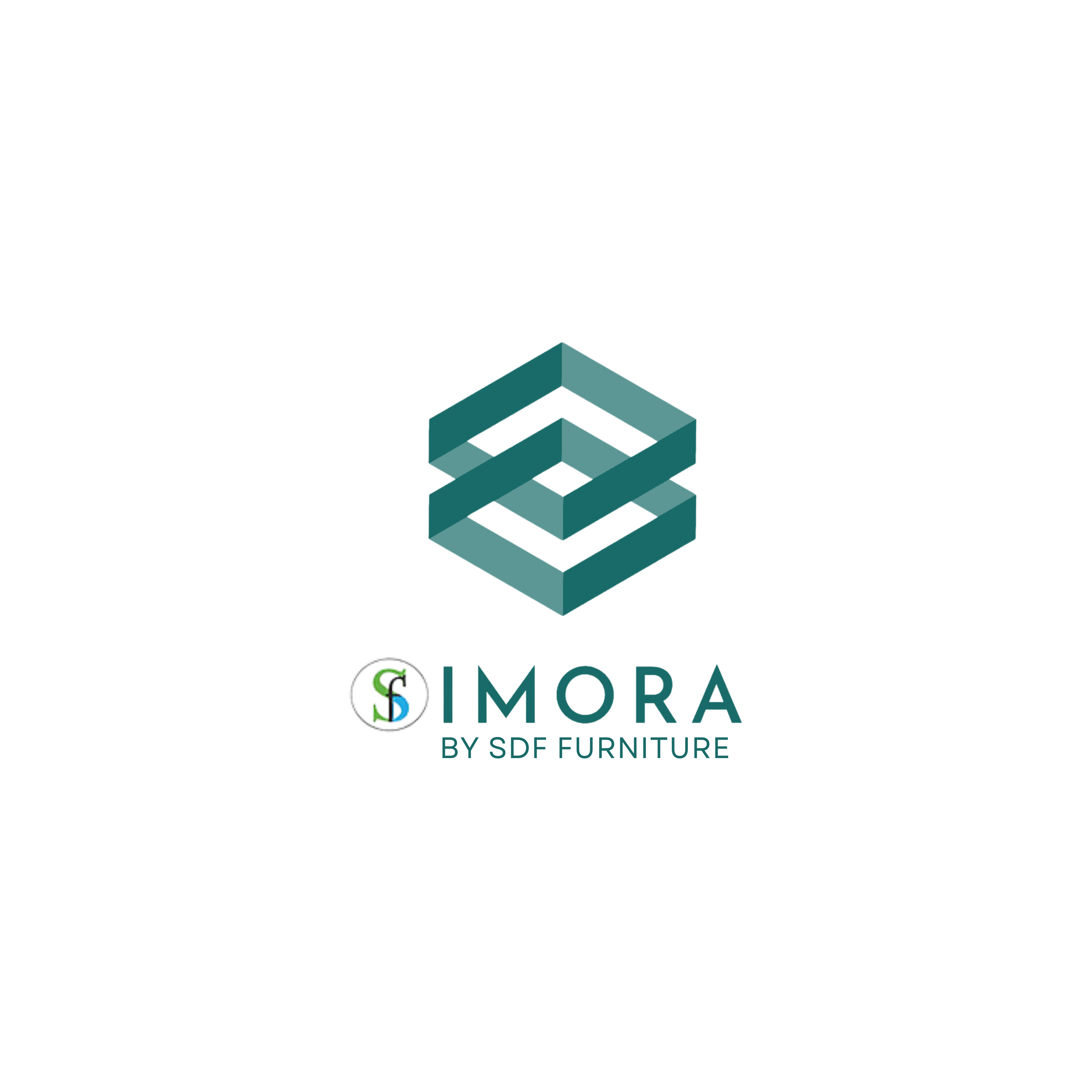Designing a kitchen is a challenging feat. It is, after all, the heart of every home, where you can prepare meals, entertain visitors, and spend precious time with your family. When you build a new house or renew your old kitchen, you must take a well-thought-out approach while planning a space that combines functionality and great aesthetics. With the right approach, you can design a kitchen that suits your style, fits your needs, and enhances your home’s overall appeal. Here are some of the best tips for creating your kitchen.
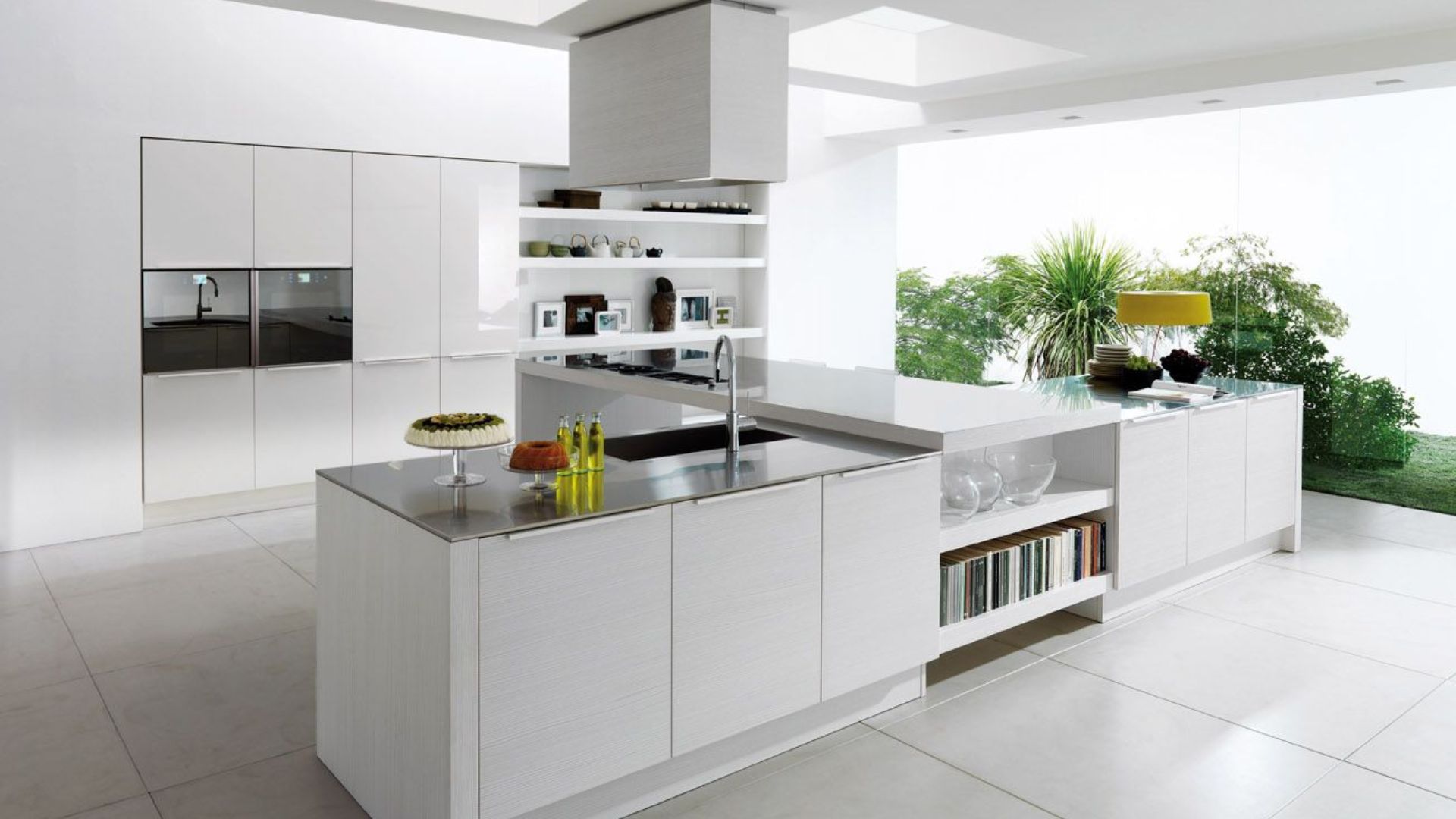
Best Tips for Designing Your Kitchen: Creating a Functional and Stylish Space
-
Prioritize Functionality First
While aesthetics are important, the primary purpose of your kitchen is to be a functional space. Before diving into design elements, think about how you use the kitchen. What are your cooking habits? Does someone often use your kitchen, entertain company, or hang around there for long periods? Storage space. Kitchen layout based on a so-called work triangle theory—those distances between most used “hot spots”—i.e. sink, cooktop range, and refrigerator——are considered: how short is the kitchen’s leg? End.
Also, ensure there is enough counter space for preparing food, and consider adding an island or breakfast bar if this is feasible. In the case of larger kitchens, be sure to design them so that traffic flows easily when several people are in the room.
-
Plan for Ample Storage
Storage is one of the most crucial aspects of kitchen design. You’ll want to maximize every inch of available space to store pots, pans, utensils, and dry goods efficiently. Cabinet storage is a key component—opt for drawers instead of traditional lower cabinets to easily access items. Pull-out shelves, lazy Susans, and deep drawers for larger pots and pans can add extra functionality to your space.
Go vertical with floor-to-ceiling storage by including cabinets extending to the ceiling, while open shelves are great for frequently used items or decorative pieces. To better organize your kitchen, utilize unique storage products like spice racks, utensil dividers, and pull-out trash cans, ensuring everything remains appropriate.
-
Use Durable Materials
Since it’s one of the most frequented places in a house, the materials should be durable and easy to maintain. Granite, quartz, and marble have become the most popular for countertops. They are aesthetically pleasing and can last a lifetime without issues. They withstand heat, scratches, or stains.
Cabinets should be constructed from the finest wood or materials like MDF with a durable finish that can sustain daily wear. Flooring is another area of importance. Hardwood, ceramic tiles, and vinyl are excellent options because they’re hard-wearing and easy to clean. Select materials that will last a lifetime and fit your daily lifestyle.
-
Add Good Lighting
Lighting can change the look and feel of your kitchen so that it will feel brighter, more welcoming, and even more functional. The combination of ambient, task, and accent lighting will create ideal layered lighting, your general overhead lighting that illuminates the entire kitchen. Ceiling-mounted fixtures or recessed lighting are common choices.
– Task lighting: In this, lighting focuses on areas where you specifically do tasks. Under-cabinet or pendant lights above your island or sink fall in this category.
Accent lighting: Adds visual interest and drama, like LED strips on your cabinets or above your open shelving.
Dimmable lights are a wise investment since you could choose to brighten or dim at your whim, depending upon the hour of day or the atmosphere you prefer to create.
-
Choose an Integrative Color Scheme
Colour is a very important factor in setting the tone for your kitchen. Whether you like bold, vibrant colours or a more neutral palette, make sure the colours you choose complement one another and fit with the overall design of your home.
Neutral colours are timeless and make a small kitchen appear larger and brighter. Navy blue, black, or charcoal grey can add tremendous depth to a kitchen when you need a more contemporary look. Introduce some color, but do that in accents through backsplashes, cabinet hardware, or rugs and dishware for your kitchen.
Remember that when choosing a colour palette, you’ll also need to decide on flooring, countertops, and appliances.
-
Consider Energy Efficiency
Using energy-efficient appliances is not only good for the environment, but it also saves you money in the long run. When selecting appliances, opt for those with the Energy Star label to ensure energy efficiency.
If your kitchen has sufficient natural light, try to make the most use of it by leaving nothing in front of the windows or adding a skylight to lighten the interior.
-
Mix and Match Materials for Visual Interest
While maintaining design coherence, you can add visual interest by mixing material. For example, juxtaposing wooden cabinets with a marble countertop creates incredible contrast. A glass backsplash lightens the space if your kitchen is dark. Using different textures, such as polished finishes vs. matte or sleek vs. more rustic materials, you can balance and have variety in a space.
-
Incorporate Personal Touches
Don’t hesitate to include some of your favourite design elements, whether a bold backsplash, unique light fixtures, or custom cabinet hardware.
-
Keep the Layout Very Practical
If you have enough space, consider an island for additional work surfaces, storage, and seating.
Conclusion
We hope with these considerations in mind, you’ll be well on your way to designing a kitchen that is practical yet stylish, making it the heart of your home for years to come.
